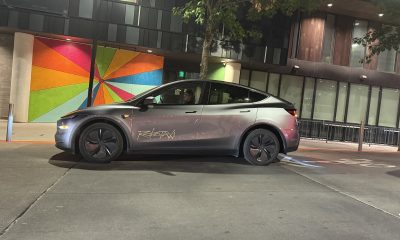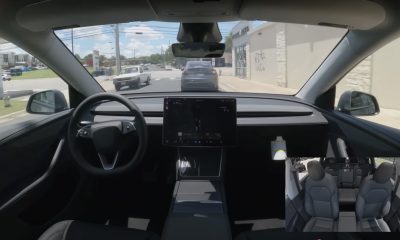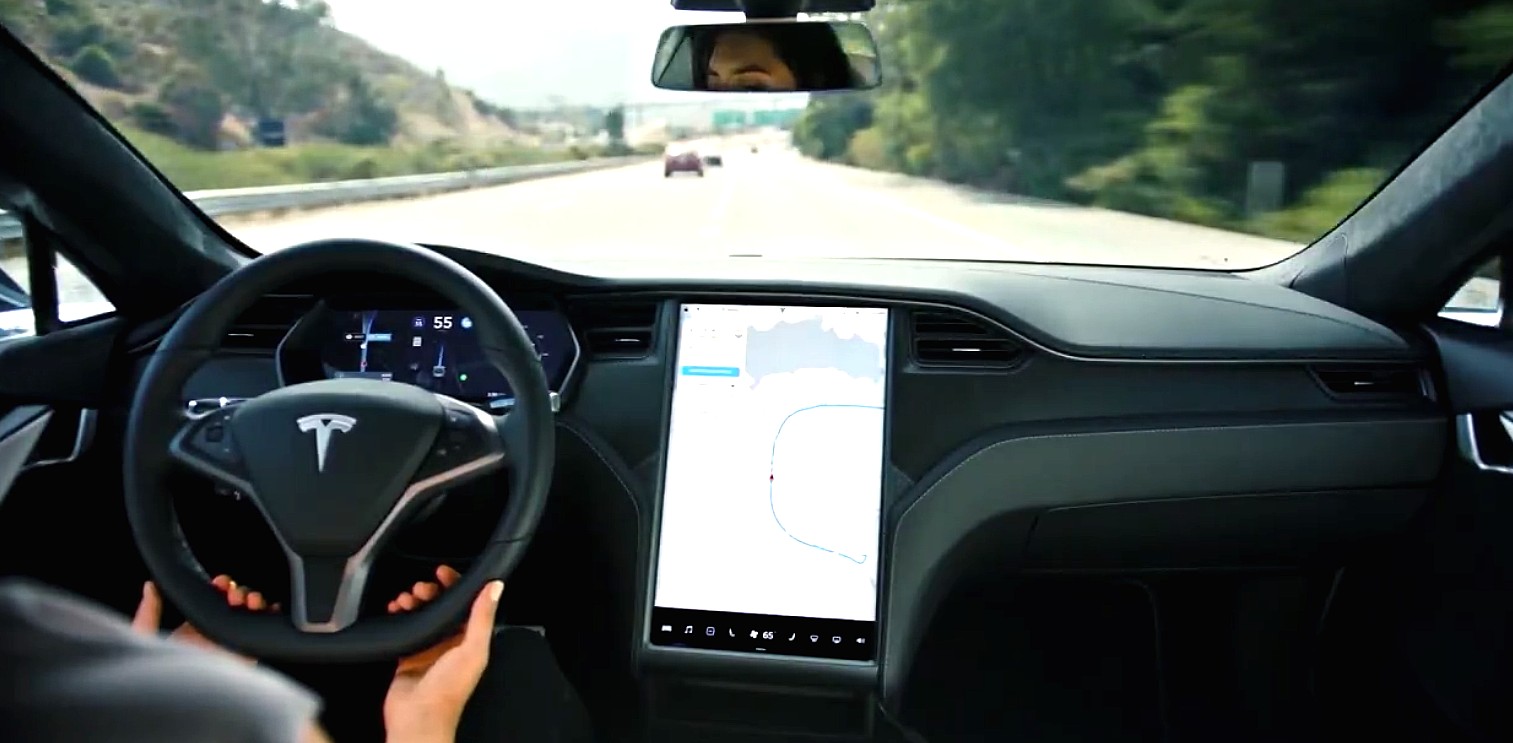

Firmware
Tesla’s Navigate on Autopilot gets poor review from Consumer Reports
Tesla’s Navigate on Autopilot with automatic lane changes was recently tested by Consumer Reports, and the results were not encouraging. In a rather scathing review of the driver-assist capability, the consumer advocacy group concluded that Navigate on Autopilot’s capabilities lagged far behind a human driver’s skill set, making it more of a liability than an asset. The advocacy group also noted that the new Autopilot feature is not “self-driving” by any means.
Consumer Reports stated that during its tests, the feature ended up cutting off cars without leaving enough space, while passing other vehicles in ways that may violate state laws. This results in Navigate on Autopilot requiring constant observation and attention, essentially requiring drivers to stay one step ahead of the system at all times. Jake Fisher, Consumer Reports’ senior director of auto testing, described these observations as follows.
“The system’s role should be to help the driver, but the way this technology is deployed, it’s the other way around. It’s incredibly nearsighted. It doesn’t appear to react to brake lights or turn signals, it can’t anticipate what other drivers will do, and as a result, you constantly have to be one step ahead of it,” he said.
The group also noted that Tesla’s rearward-facing cameras could not detect fast-approaching objects from the rear. These cause issues when Navigate on Autopilot changes lanes or merges into traffic, according to Fisher.
“The system has trouble responding to vehicles that approach quickly from behind. Because of this, the system will often cut off a vehicle that is going a much faster speed since it doesn’t seem to sense the oncoming car until it’s relatively close. It is reluctant to merge in heavy traffic, but when it does, it often immediately applies the brakes to create space behind the follow car—this can be a rude surprise to the vehicle you cut off,” Fisher said, adding that “in essence, the system does the easy stuff, but the human needs to intervene when things get more complicated,” he said.
In conclusion, Consumer Reports noted that while automatic lane changes could be a compelling capability for Tesla’s vehicles, Navigate on Autopilot doesn’t provide any meaningful assistance to drivers on the road. Summarizing the findings of the test, Fisher noted that “This isn’t a convenience at all. Monitoring the system is much harder than just changing lanes yourself. Using the system is like monitoring a kid behind the wheel for the very first time. As any parent knows, it’s far more convenient and less stressful to simply drive yourself.”
David Friedman, vice president of advocacy at Consumer Reports, also weighed in on the group’s findings. In its current iteration, Friedman argued that Navigate on Autopilot’s automatic lane change function raises safety concerns. “Tesla is showing what not to do on the path toward self-driving cars: release increasingly automated driving systems that aren’t vetted properly,” he says. “Before selling these systems, automakers should be required to give the public validated evidence of that system’s safety—backed by rigorous simulations, track testing, and the use of safety drivers in real-world conditions,” Friedman said.

A Tesla spokesperson has provided a statement to Consumer Reports, stating that “Navigate on Autopilot is based on map data, fleet data, and data from the vehicle’s sensors” and emphasizing that “it is the driver’s responsibility to remain in control of the car at all times, including safely executing lane changes.” The electric car maker also pointed the group to a company blog post from April 3, which stated that through internal testing and an Early Access Program, “more than half a million miles have already been driven with the lane change confirmation turned off.”
“Our team consistently reviews data from instances when drivers took over while the feature has been in use, and has found that when used properly both versions of Navigate on Autopilot offer comparable levels of safety. We’ve also heard overwhelmingly from drivers in our Early Access Program that they like using the feature for road trips and during their daily commutes, and we’re excited to release the option to the rest of the Tesla family,” Tesla noted.
Navigate on Autopilot is currently listed under Tesla’s Full Self-Driving suite, but it should be noted that the feature, at its current iteration, requires a fully attentive driver. This is something that is emphasized by Tesla every time Autopilot is engaged, as seen in warnings that remind drivers to keep their hands on the wheel and pay attention to the road at all times. Tesla is building up its vehicles’ features to be fully self-driving in the future, but until regulators approve autonomous vehicles on the road, and until Tesla can effectively and safety roll out a hands-free driving system, Autopilot will remain a hands-on, intelligent driver-assist suite.
Consumer Reports’ full take on Tesla’s Navigate on Autopilot with automatic lane changes could be accessed here.
Firmware
Tesla mobile app shows signs of upcoming FSD subscriptions

It appears that Tesla may be preparing to roll out some subscription-based services soon. Based on the observations of a Wales-based Model 3 owner who performed some reverse-engineering on the Tesla mobile app, it seems that the electric car maker has added a new “Subscribe” option beside the “Buy” option within the “Upgrades” tab, at least behind the scenes.
A screenshot of the new option was posted in the r/TeslaMotors subreddit, and while the Tesla owner in question, u/Callump01, admitted that the screenshot looks like something that could be easily fabricated, he did submit proof of his reverse-engineering to the community’s moderators. The moderators of the r/TeslaMotors subreddit confirmed the legitimacy of the Model 3 owner’s work, further suggesting that subscription options may indeed be coming to Tesla owners soon.
Did some reverse engineering on the app and Tesla looks to be preparing for subscriptions? from r/teslamotors
Tesla’s Full Self-Driving suite has been heavily speculated to be offered as a subscription option, similar to the company’s Premium Connectivity feature. And back in April, noted Tesla hacker @greentheonly stated that the company’s vehicles already had the source codes for a pay-as-you-go subscription model. The Tesla hacker suggested then that Tesla would likely release such a feature by the end of the year — something that Elon Musk also suggested in the first-quarter earnings call. “I think we will offer Full Self-Driving as a subscription service, but it will be probably towards the end of this year,” Musk stated.
While the signs for an upcoming FSD subscription option seem to be getting more and more prominent as the year approaches its final quarter, the details for such a feature are still quite slim. Pricing for FSD subscriptions, for example, have not been teased by Elon Musk yet, though he has stated on Twitter that purchasing the suite upfront would be more worth it in the long term. References to the feature in the vehicles’ source code, and now in the Tesla mobile app, also listed no references to pricing.
The idea of FSD subscriptions could prove quite popular among electric car owners, especially since it would allow budget-conscious customers to make the most out of the company’s driver-assist and self-driving systems without committing to the features’ full price. The current price of the Full Self-Driving suite is no joke, after all, being listed at $8,000 on top of a vehicle’s cost. By offering subscriptions to features like Navigate on Autopilot with automatic lane changes, owners could gain access to advanced functions only as they are needed.
Elon Musk, for his part, has explained that ultimately, he still believes that purchasing the Full Self-Driving suite outright provides the most value to customers, as it is an investment that would pay off in the future. “I should say, it will still make sense to buy FSD as an option as in our view, buying FSD is an investment in the future. And we are confident that it is an investment that will pay off to the consumer – to the benefit of the consumer.” Musk said.
Firmware
Tesla rolls out speed limit sign recognition and green traffic light alert in new update

Tesla has started rolling out update 2020.36 this weekend, introducing a couple of notable new features for its vehicles. While there are only a few handful of vehicles that have reportedly received the update so far, 2020.36 makes it evident that the electric car maker has made some strides in its efforts to refine its driver-assist systems for inner-city driving.
Tesla is currently hard at work developing key features for its Full Self-Driving suite, which should allow vehicles to navigate through inner-city streets without driver input. Tesla’s FSD suite is still a work in progress, though the company has released the initial iterations of key features such Traffic Light and Stop Sign Control, which was introduced last April. Similar to the first release of Navigate on Autopilot, however, the capabilities of Traffic Light and Stop Sign Control were pretty basic during their initial rollout.
2020.36 Showing Speed Limit Signs in Visualization from r/teslamotors
With the release of update 2020.36, Tesla has rolled out some improvements that should allow its vehicles to handle traffic lights better. What’s more, the update also includes a particularly useful feature that enables better recognition of speed limit signs, which should make Autopilot’s speed adjustments better during use. Following are the Release Notes for these two new features.
Green Traffic Light Chime
“A chime will play when the traffic light you are waiting for turns green. If you are waiting behind another car, the chime will play once the car advances unless Traffic-Aware Cruise Control or Autosteer is active. When Traffic Light and Stop Sign Control is activated, a chime will play when you can confirm to proceed through a green traffic light. To enable, tap Controls > Autopilot > Green Traffic Light Chime.
“Note: This chime is only designed as a notification. It is the driver’s responsibility to observe their environment and make decisions accordingly.”
Speed Assist Improvements
“Speed Assist now leverages your car’s cameras to detect speed limit signs to improve the accuracy of speed limit data on local roads. Detected speed limit signs will be displayed in the driving visualization and used to set the associated Speed Limit Warning.
“As usual, to adjust Speed Assist settings, tap Controls > Autopilot > Speed Limit.”
Footage of the new green light chime in action via @NASA8500 on Twitter ✈️ from r/teslamotors
Amidst the rollout of 2020.36’s new features, speculations were abounding among Tesla community members that this update may include the first pieces of the company’s highly-anticipated Autopilot rewrite. Inasmuch as the idea is exciting, however, Tesla CEO Elon Musk has stated that this was not the case. While responding to a Tesla owner who asked if the Autopilot rewrite is in “shadow mode” in 2020.36, Musk responded “Not yet.”
Firmware
Tesla rolls out Sirius XM free three-month subscription
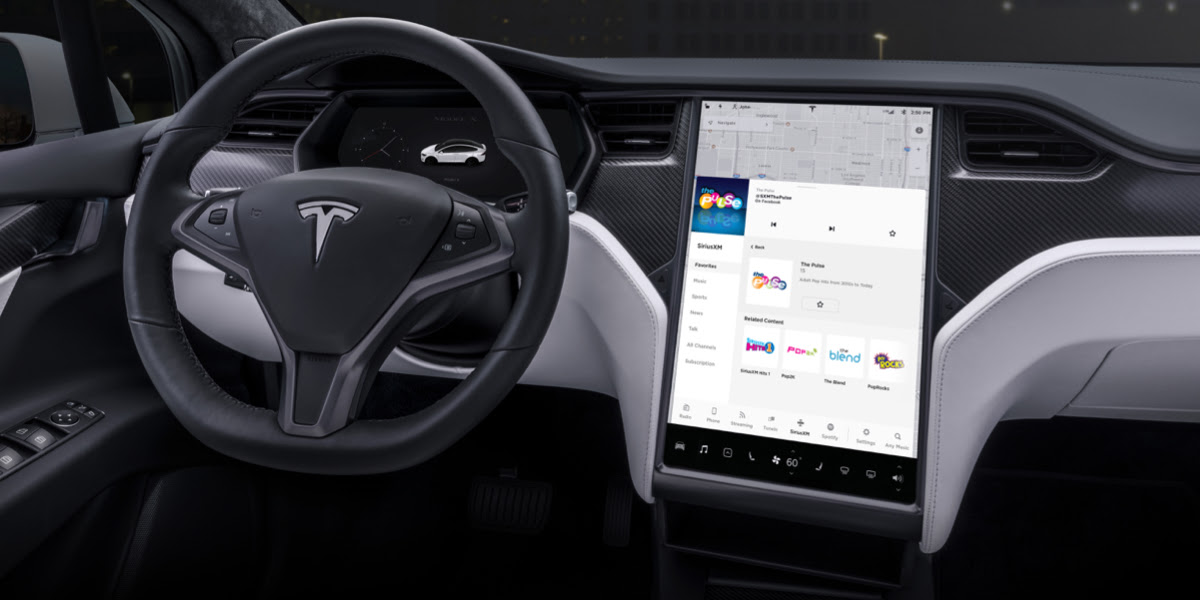
Tesla has rolled out a free three-month trial subscription to Sirius XM, in what appears to be the company’s latest push into making its vehicles’ entertainment systems more feature-rich. The new Sirius XM offer will likely be appreciated by owners of the company’s vehicles, especially considering that the service is among the most popular satellite radios in the country today.
Tesla announced its new offer in an email sent on Monday. An image that accompanied the communication also teased Tesla’s updated and optimized Sirius XM UI for its vehicles. Following is the email’s text.
“Beginning now, enjoy a free, All Access three-month trial subscription to Sirius XM, plus a completely new look and improved functionality. Our latest over-the-air software update includes significant improvements to overall Sirius XM navigation, organization, and search features, including access to more than 150 satellite channels.
“To access simply tap the Sirius XM app from the ‘Music’ section of your in-car center touchscreen—or enjoy your subscription online, on your phone, or at home on connected devices. If you can’t hear SiriusXM channels in your car, select the Sirius XM ‘Subscription’ tab for instruction on how to refresh your audio.”
Tesla has actually been working on Sirius XM improvements for some time now. Back in June, for example, Tesla rolled out its 2020.24.6.4 update, and it included some optimizations to its Model S and Model X’s Sirius XM interface. As noted by noted Tesla owner and hacker @greentheonly, the source code of this update revealed that the Sirius XM optimizations were also intended to be released to other areas such as Canada.
Interestingly enough, Sirius XM is a popular feature that has been exclusive to the Model S and X. Tesla’s most popular vehicle to date, the Model 3, is yet to receive the feature. One could only hope that Sirius XM integration to the Model 3 may eventually be included in the future. Such an update would most definitely be appreciated by the EV community, especially since some Model 3 owners have resorted to using their smartphones or third-party solutions to gain access to the satellite radio service.
The fact that Tesla seems to be pushing Sirius XM rather assertively to its customers seems to suggest that the company may be poised to roll out more entertainment-based apps in the coming months. Apps such as Sirius XM, Spotify, Netflix, and YouTube, may seem quite minor when compared to key functions like Autopilot, after all, but they do help round out the ownership experience of Tesla owners. In a way, Sirius XM does make sense for Tesla’s next-generation of vehicles, especially the Cybertruck and the Semi, both of which would likely be driven in areas that lack LTE connectivity.
-

 News5 days ago
News5 days agoTesla Robotaxi’s biggest challenge seems to be this one thing
-
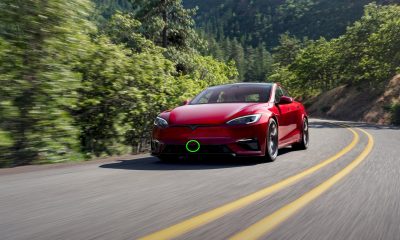
 News2 weeks ago
News2 weeks agoTesla confirms massive hardware change for autonomy improvement
-

 Elon Musk2 weeks ago
Elon Musk2 weeks agoElon Musk slams Bloomberg’s shocking xAI cash burn claims
-
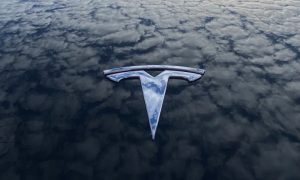
 News2 weeks ago
News2 weeks agoTesla features used to flunk 16-year-old’s driver license test
-

 News2 weeks ago
News2 weeks agoTesla China roars back with highest vehicle registrations this Q2 so far
-

 News2 weeks ago
News2 weeks agoTexas lawmakers urge Tesla to delay Austin robotaxi launch to September
-

 News2 weeks ago
News2 weeks agoTesla dominates Cars.com’s Made in America Index with clean sweep
-

 News2 weeks ago
News2 weeks agoTesla’s Grok integration will be more realistic with this cool feature






